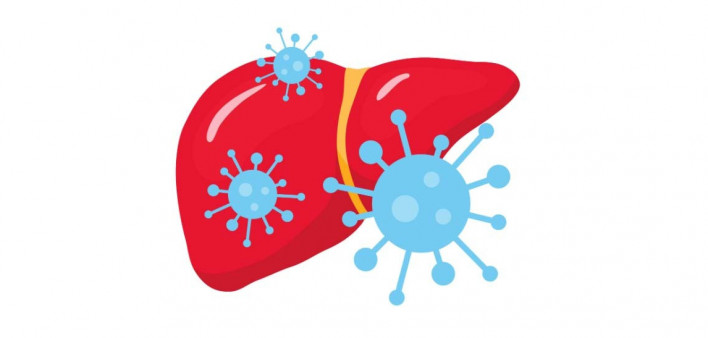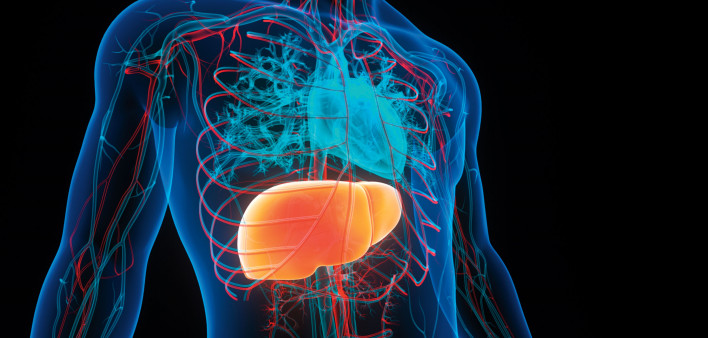A study linked fine-particle air pollution and other environmental factors to genetic changes in people with lung cancer who never smoked.
Lung cancer is the leading cause of cancer-related death for both men and women nationwide. It has long been linked to smoking. But studies in recent years have shown that up to 1 in 4 lung cancer cases worldwide arise in people who never smoked. Lung cancer in never-smokers is seen most often in women, people of Asian descent, and people with a family history of lung cancer. But the underlying factors that lead to lung cancer in people who have never smoked are poorly understood.
A research team led by NIH’s Dr. Maria Teresa Landi and Dr. Ludmil Alexandrov of the University of California, San Diego, set out to examine the genomic factors tied to lung cancer in people who never smoked. The study built on theirearlier analysis, which used whole-genome sequencing to identify three subtypes of lung cancer in tumors from 232 never-smokers. Whole-genome analysis involves sequencing nearly all the 3 billion DNA building blocks in a person’s cells.
The team analyzed the whole genomes of lung tumors from 871 never-smokers who had not yet been treated for their cancer. The patients came from 28 locations across four continents—North America, Europe, Africa, and Asia—with differing exposures to environmental factors. Most were female (79%). The majority (86%) had been diagnosed with adenocarcinoma, the most common type of lung cancer.
The scientists sequenced and compared the genomes of tumor and other tissue samples from each person. This let them pinpoint distinct patterns of DNA mutations, called mutational signatures, in the tumors. The researchers combined this genomic data with estimates of each person’s lifetime exposure to air pollution, based on their geographic locations. Results appeared in Natureon July 2, 2025.
The scientists found that people who’d had high exposure to fine-particle air pollution, which comes from vehicles and industry, were 1.6 times more likely to have mutations in the gene for TP53, a protein that helps suppress tumors.
High-level exposure to air pollution was also linked to shorter telomeres, the protective DNA caps at the ends of chromosomes that keep the ends of chromosomes from fraying. Shortened telomeres have been linked to cancer, organ failure, and other health risks. Increased exposure to air pollution was also linked to genetic changes that are more commonly associated with tobacco smoking. This included a 3.9-fold increase in a mutational signature called SBS4.
Earlier observational studies suggested ties between secondhand smoke and lung cancer in never-smokers. But the genomic analysis found that secondhand smoke exposure was linked to only a slight increase in total mutations, with no increase in cancer-driving mutations or mutational signatures. However, it was linked to shorter telomeres.
“We’re seeing this problematic trend with many lung cancers occurring in never-smokers, but we haven’t understood why,” Alexandrov says. “Our research shows that air pollution is strongly associated with the same types of DNA mutations we typically associate with smoking.”
“Most previous lung cancer studies have not separated data of smokers from non-smokers, which has limited insights into potential causes in those patients,” Landi adds. “We have designed a study to collect data from never-smokers around the world and use genomics to trace back what exposures might be causing these cancers. This is an urgent and growing global problem that we are working to understand.”
This research summary was published by the National Institutes of Health on July 15, 2025.









